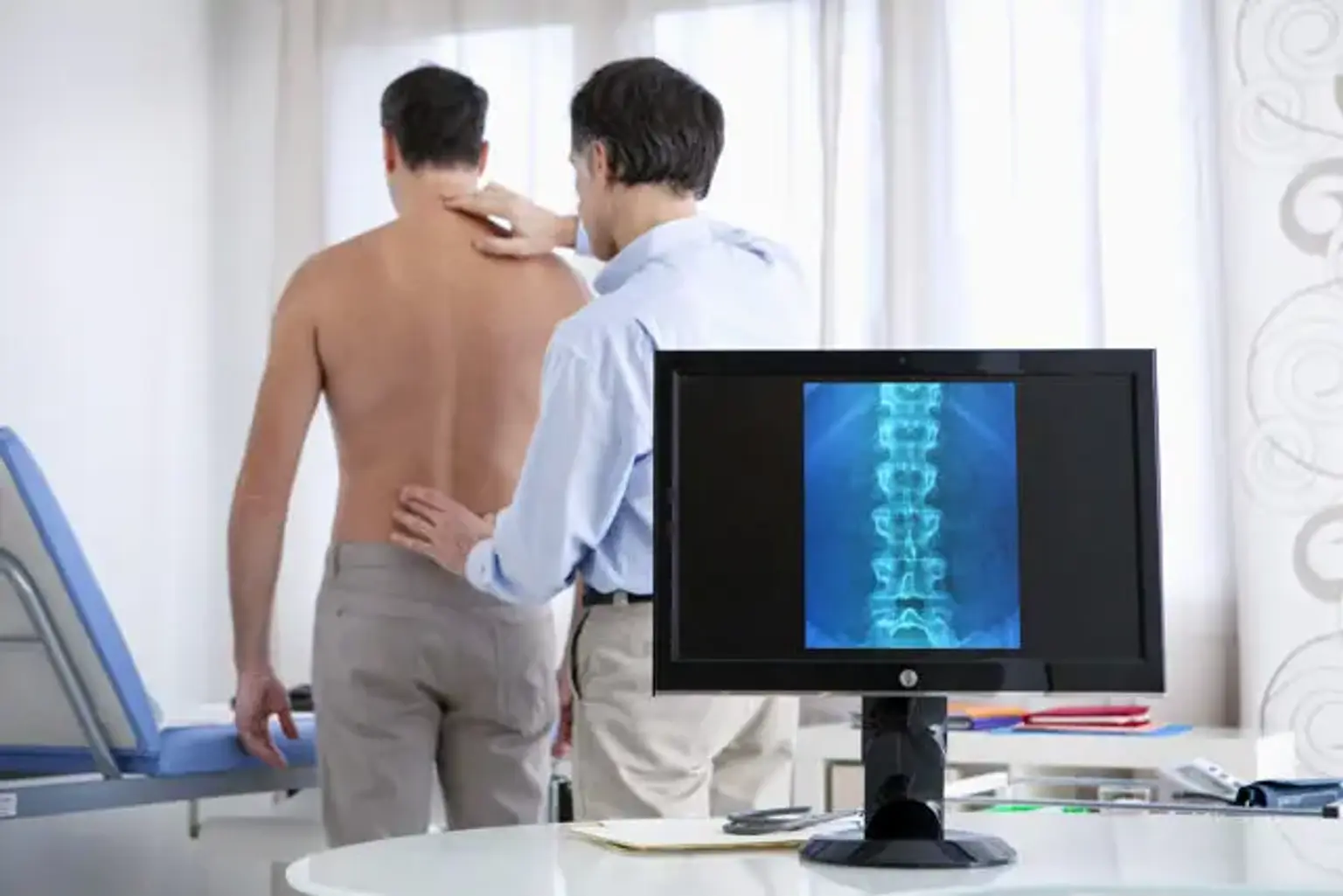Lumbar Disc Fusion
Overview
Spinal fusion, also known as spondylodesis or spondylosyndesis, is a neurosurgical or orthopedic surgical procedure that connects two or more vertebrae. This technique, which may be done at any level of the spine (cervical, thoracic, or lumbar), restricts movement between the fused vertebrae.
There are several types of spinal fusion techniques, and each one requires the use of bone grafting—either from the patient (autograft), a donor (allograft), or artificial bone substitutes—to assist the bones knit together. Additional hardware (screws, plates, or cages) is frequently utilized to keep the bones together while the graft fuses the two vertebrae together. Fluoroscopy, navigation systems, and robots can all be used to guide the placement of devices.
Lumbar disc fusion is most usually used to treat discomfort and pressure from mechanical pain in the vertebrae or on the spinal cord caused by the wear and tear of a disc (cartilage between two vertebrae) (degenerative disc disease). Spinal stenosis, spondylolisthesis, spondylosis, spinal fractures, scoliosis, and kyphosis are some of the other prevalent pathological diseases treated by spinal fusion.
